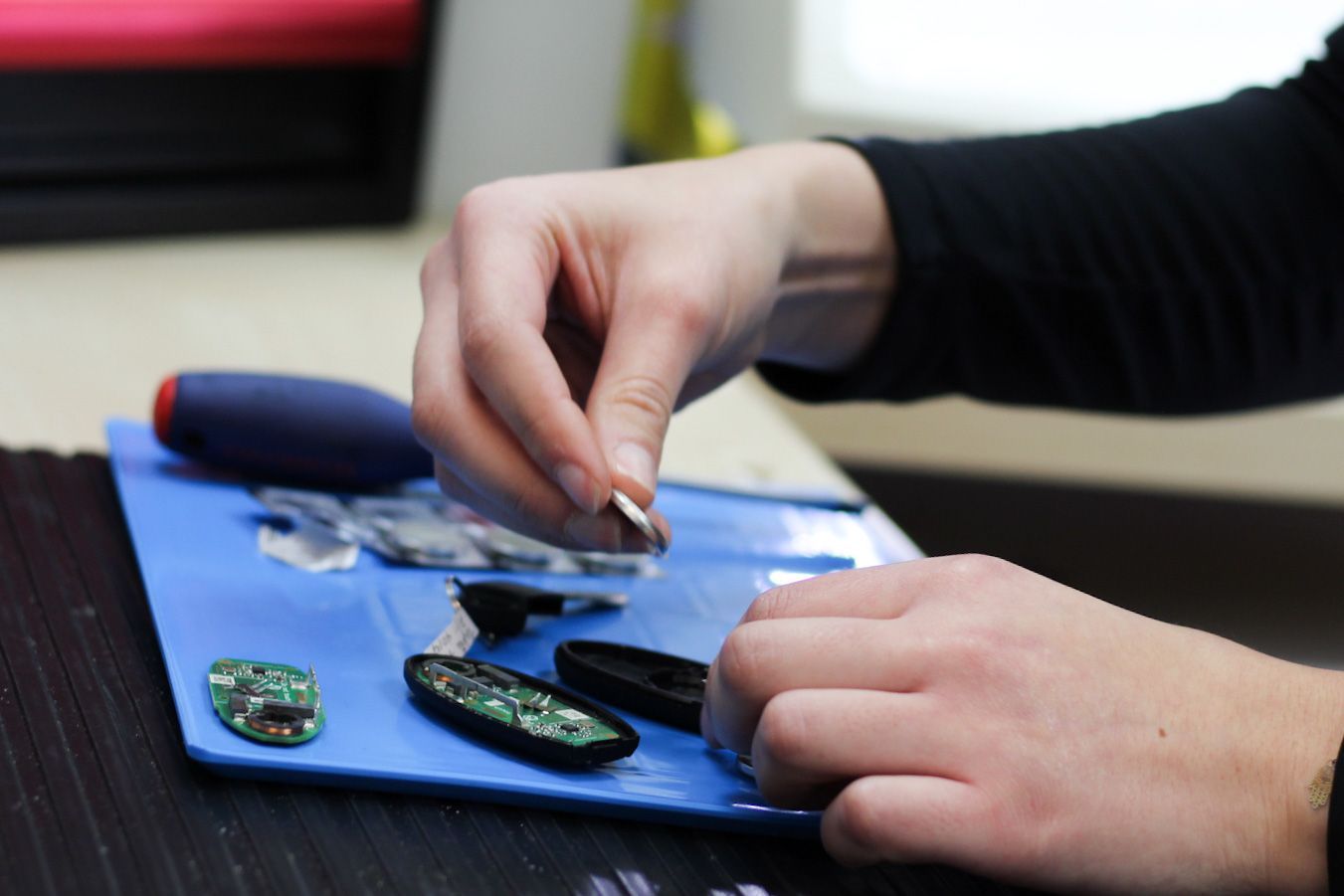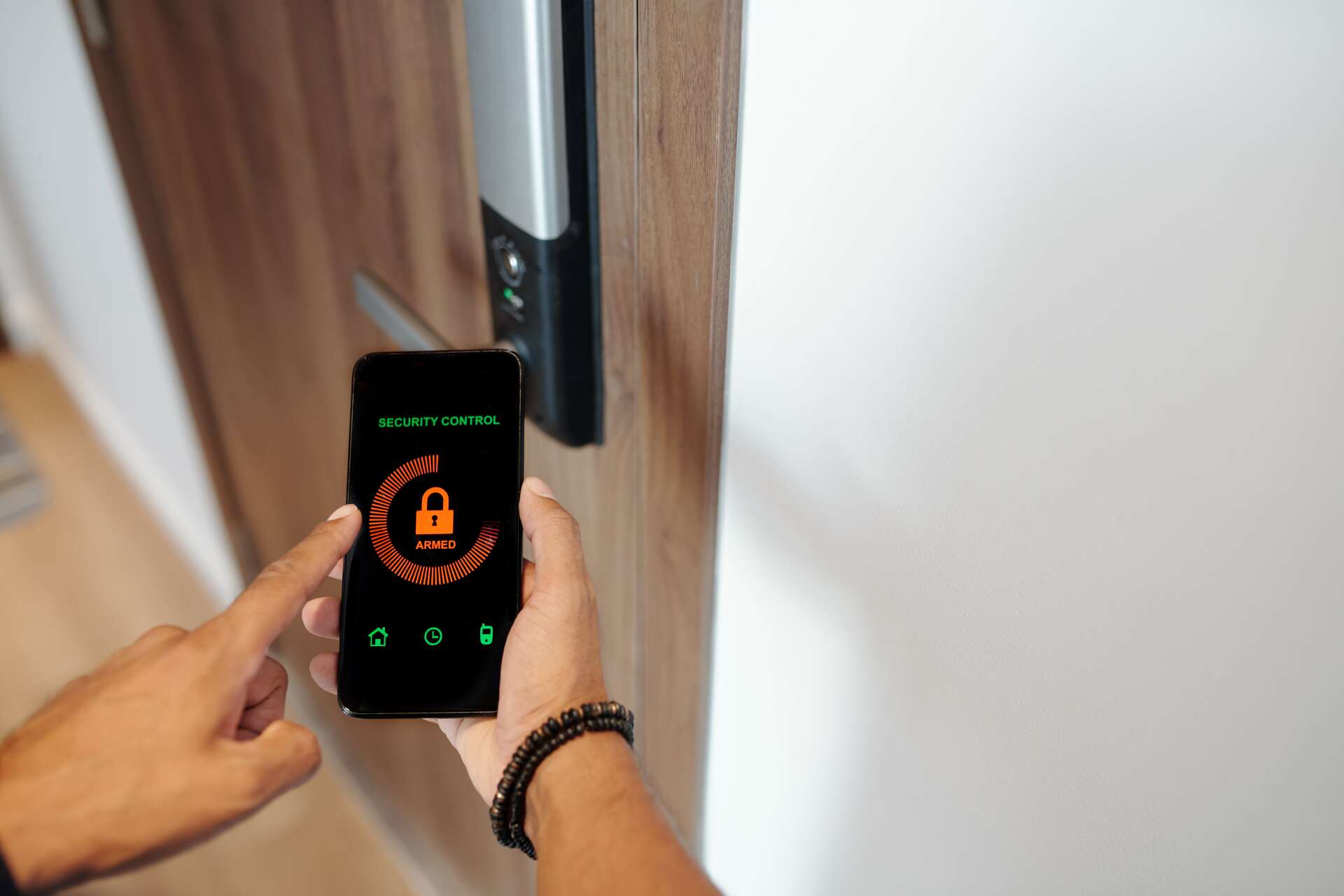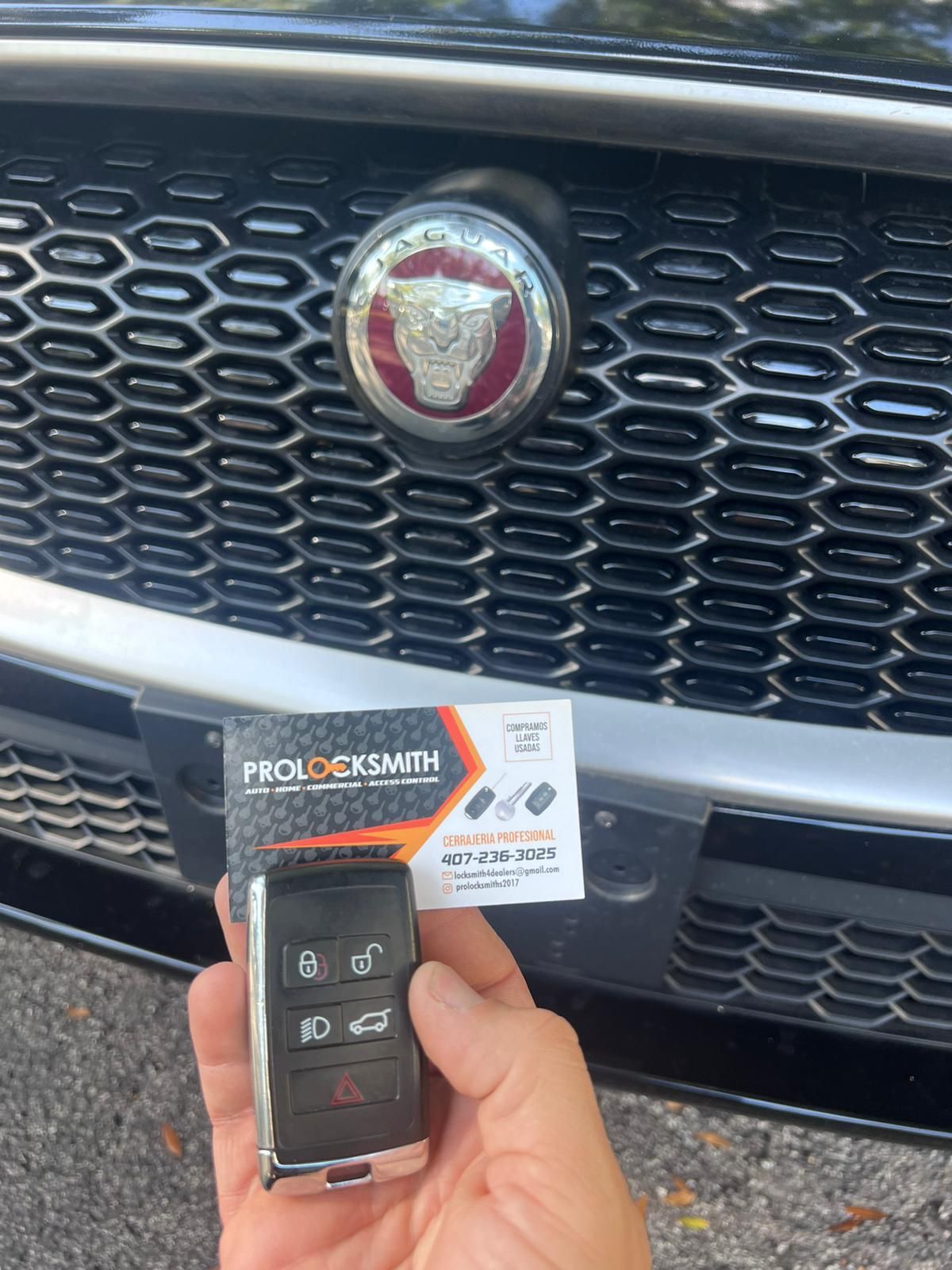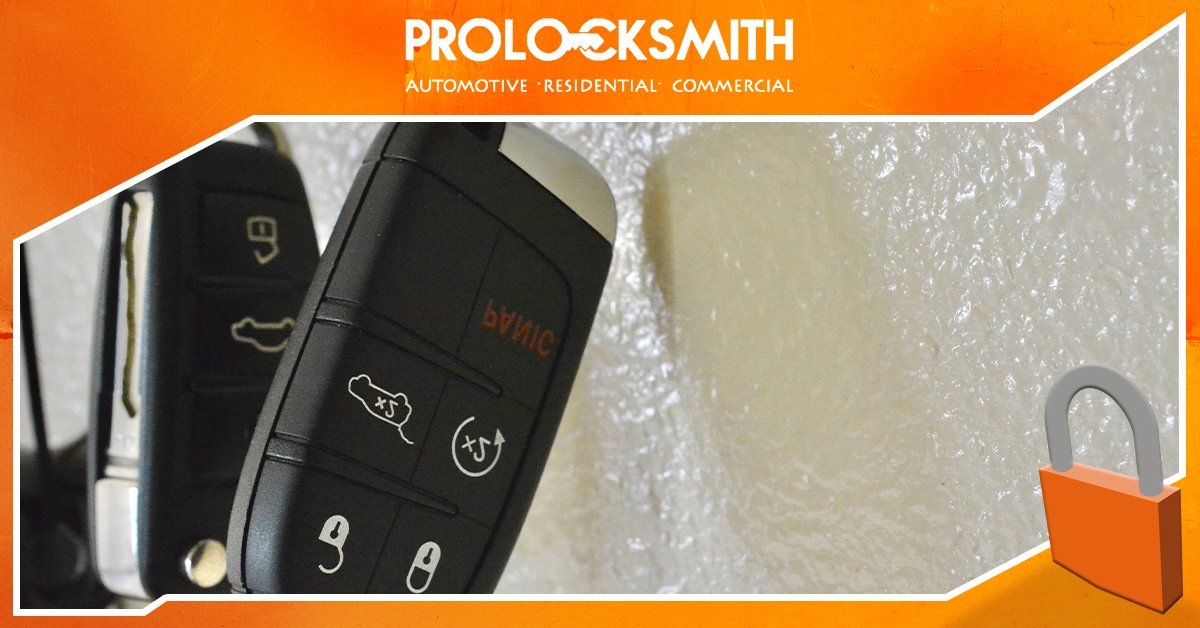How to
Rekey a Lock: A Comprehensive Guide
Door locks play a crucial role in securing our homes and businesses. However, there are times when you need to change the key to your lock without replacing the entire mechanism. This process is known as rekeying a lock, and it is a cost-effective way to enhance security and control access to your property.
In this guide, we will walk you through the step-by-step process of rekeying a lock, discuss the tools and materials you need, and highlight the benefits of this essential maintenance task.
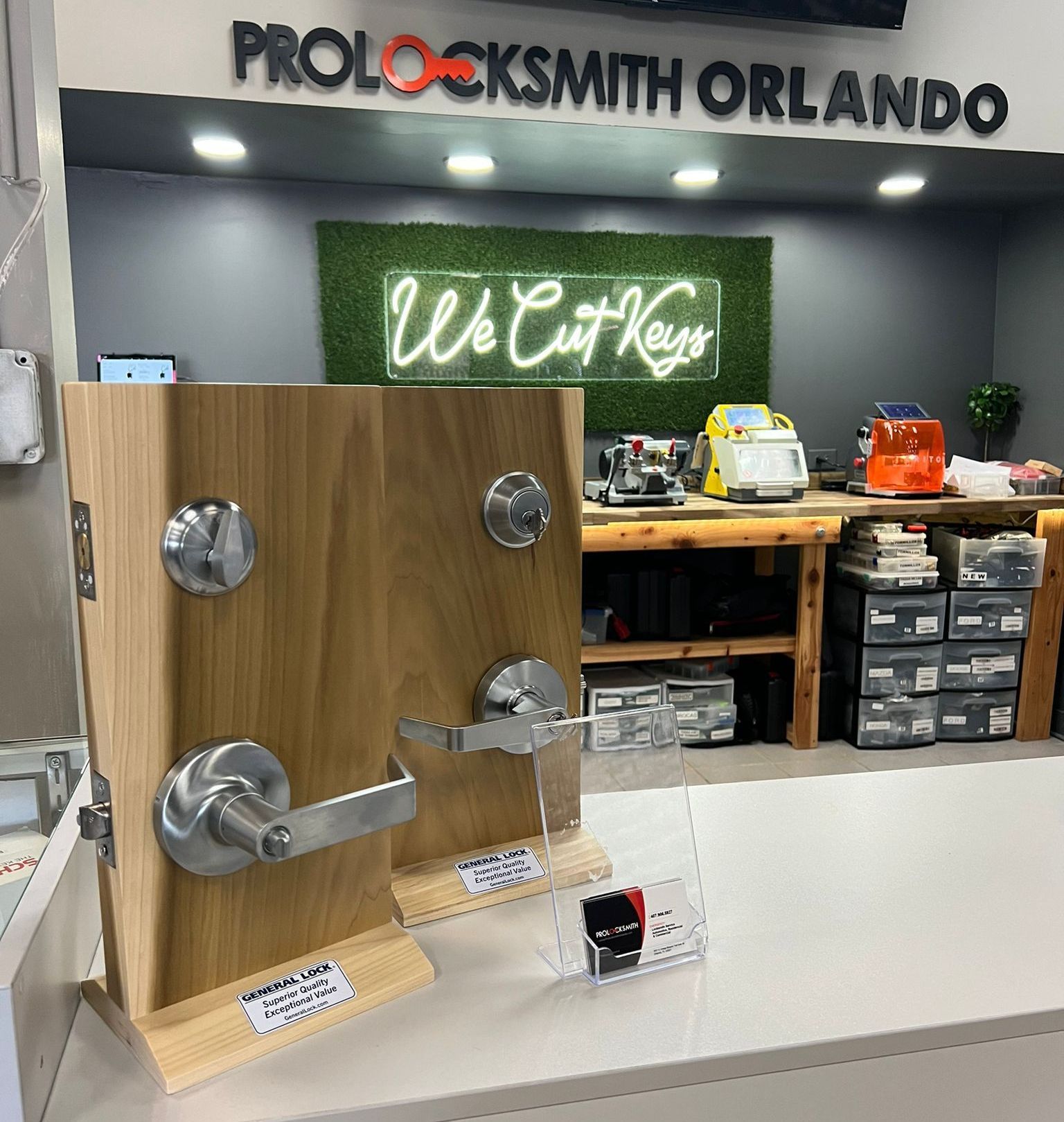
Introduction to
Rekeying Locks
Rekeying a lock involves altering the lock mechanism so that a different key can operate it. This process is commonly used to prevent unauthorized access by individuals who may have had access to the previous key. Rekeying is a practical solution for homeowners, landlords, and business owners looking to maintain security without replacing the entire lock.
Tools and Materials Required
To rekey a lock successfully, you will need to purchase a rekey kit, tha contains the following:
- Key pins
- Key pin tweezers
- Plug follower
- Keying kit
- New keys
- Screwdriver
- Allen wrench
- Cylinder removal tool
Before you begin the rekeying process, ensure you have all the necessary tools and materials at hand. These items are essential for a smooth and efficient rekeying experience.
Understanding the
Lock Cylinder
The
lock cylinder is a critical component of the lock mechanism. It houses the key pins, springs, and other internal components that determine the key's unique pattern. Understanding the lock cylinder is essential for rekeying a lock effectively. Make sure you know what brand of lock you are dealing with before starting the rekeying process.
Components of a
Lock Cylinder
- Key pins
- Driver pins
- Plug
- Springs
- Bible
Each component of the lock cylinder plays a specific role in the locking and unlocking process. Familiarize yourself with these parts before attempting to rekey a lock.
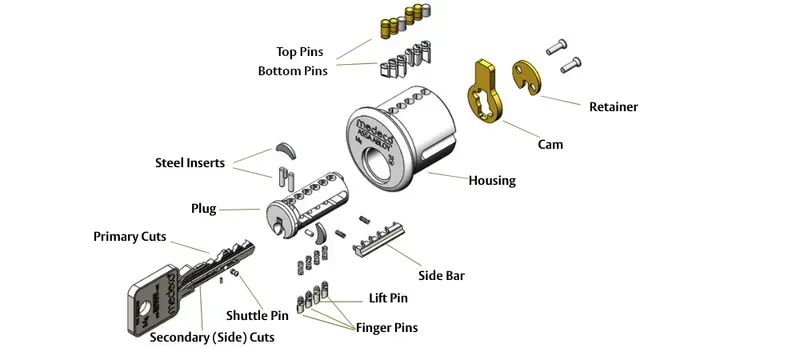
Different Types of Lock Cylinders
Pin tumbler cylinders
Wafer tumbler cylinders
Disc tumbler cylinders
The type of lock cylinder in your lock will determine the rekeying method you need to follow. Make sure you identify the correct cylinder and lock type (deadbolt lock or door knobs) before proceeding with the rekeying process.
Step-by-Step Guide to Rekeying a Lock
Follow these steps to rekey a lock successfully:
Removing the Lock Cylinder
- Use a screwdriver to remove the screws holding the lock in place.
- Extract the lock cylinder carefully to avoid damaging the surrounding components.
Taking Apart the Lock
- Disassemble the lock cylinder by removing the plug from the housing.
- Keep track of the key pins and driver pins as you disassemble the lock.
Rekeying the Lock Pins
- Use the key pin tweezers to remove the existing key pins from the cylinder.
- Replace the key pins with new ones that match the new key pattern.
Reassembling the Lock
- Insert the new key into the plug to align the key pins correctly.
- Reassemble the lock cylinder by reversing the disassembly steps.
Testing the Rekeyed Lock
- Insert the new key into the lock and test its operation.
- Ensure the lock opens and closes smoothly with the new key.
By following these steps carefully, you can rekey a lock with ease and enhance the security of your property.
Common Mistakes to Avoid
When rekeying a lock, avoid the following common mistakes:
- Incorrect placement of key pins
- Mishandling of lock components
- Failure to test the lock thoroughly after rekeying
By being mindful of these mistakes, you can ensure a successful rekeying process and maintain the integrity of your lock.
Benefits of
Rekeying a Lock
Rekeying a lock offers several benefits, including:
- Keeps your business or home secure
- Cost-effective solution compared to replacing the locks.
- Convenient key management, especially for business ownews with a lot of keys to handle.
Regularly rekeying your locks can help prevent unauthorized access and provide peace of mind knowing that your property is secure.
FAQs about Rekeying Locks
Call A Prolocksmith To Get Your Locks Rekeyed
In conclusion, rekeying a lock is a valuable skill that can enhance the security of your property and provide peace of mind. By following the step-by-step guide outlined in this article and avoiding common mistakes, you can successfully rekey your locks and maintain a secure environment.
Remember, for professional assistance with lock rekeying and other locksmith services, consider reaching out to Prolocksmith Orlando for expert help.
Rekeying locks is a proactive measure that can safeguard your property and belongings. Stay informed about lock maintenance and security practices to ensure the safety of your home or business.


